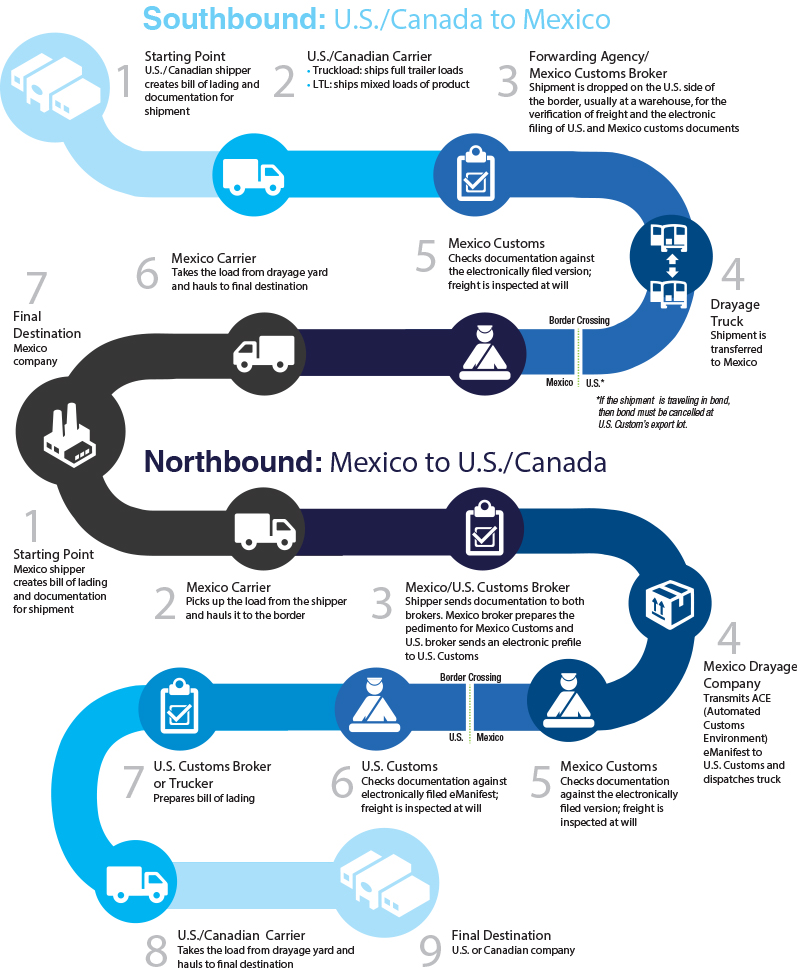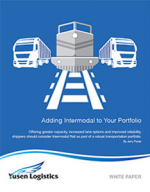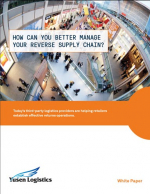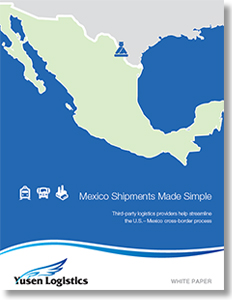Mexico Shipments Made Simple
Today’s shippers are sending more freight across the Mexico border as they expand their operations and customer base in Mexico, and third-party logistics providers can help them navigate cross-border challenges.
Mexico is the new land of opportunity
For more than a decade, Asia has been one of the world’s most cost-effective manufacturing regions.
However, as the cost of production in Asia continues to rise, particularly in China, coupled with the long lead times associated with Transpacific ocean freight, businesses are setting their sights on Mexico as they rethink their global supply chain strategies.
A growing number of U.S. firms are turning to near shoring - the shifting of production from Asia to Mexico - to reduce overall costs and improve supply chain responsiveness.
Mexico has become a viable manufacturing alternative as many of the financial benefits that were once exclusive to Asia, including cheap labor, tax incentives, currency stability and low inventory carrying costs, have started to disappear.
For example, China’s labor costs have significantly increased in recent years, with minimum wage rates increasing 15 to 20 percent annually, and that trend is expected to continue.
With transportation making up a significant share of operating expenditures, more companies are carefully evaluating the total landed cost differential between sourcing from Asia or Mexico.
The dramatically shorter length-of-haul combined with the volatility of fuel prices in recent years makes near shoring a compelling alternative to maintain - and even improve - operating margin.
And of course, shorter length-of-haul means shorter lead times. Reducing transit times from weeks down to days means that shippers can reduce safety stock levels, enjoy lower inventory handling costs and free up precious working capital.
The near sourcing model gives shippers more robust options to respond to their customer demands and meet strict service requirements, without adding expensive network inventory.
These cost and time savings offset the higher cost of Mexico’s labor, which, unlike China, has remained stable. Due in large part to China’s double-digit wage increase in recent years, Mexico workers earned only 1.5 times as much as their Chinese counterparts in 2010, according to the Boston Consulting Group (BCG). The BCG estimates that by 2015, the fully loaded cost (including benefits, taxes and indirect costs) of hiring Chinese workers may be as much as 25 percent higher than hiring Mexico workers.
Managing the OTR Border-Crossing Process

What’s Related



Favorites





